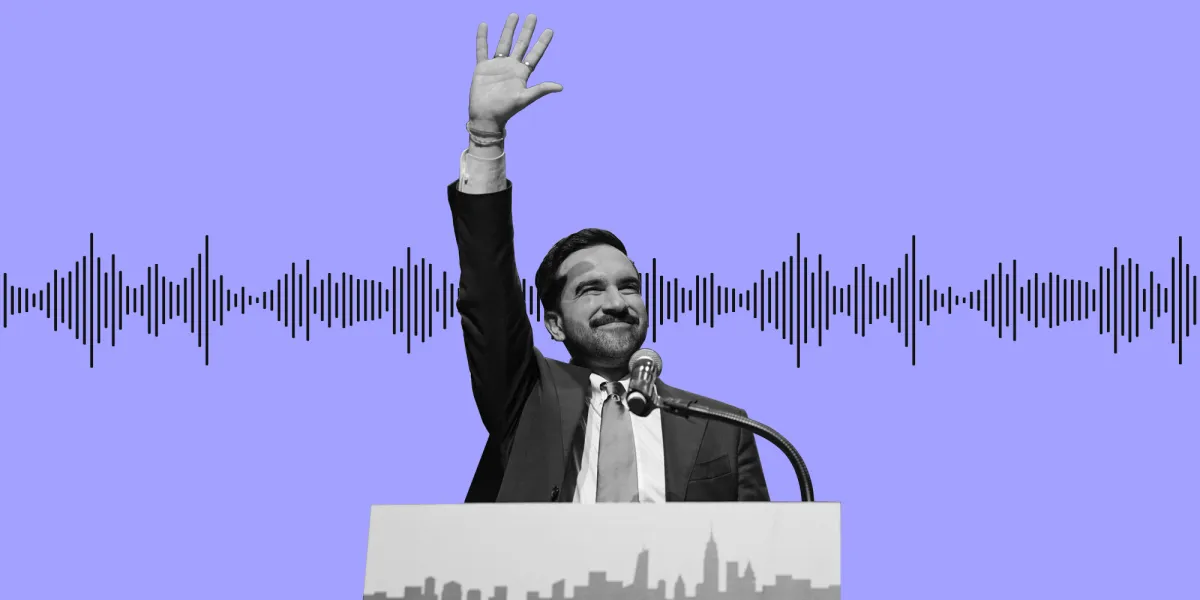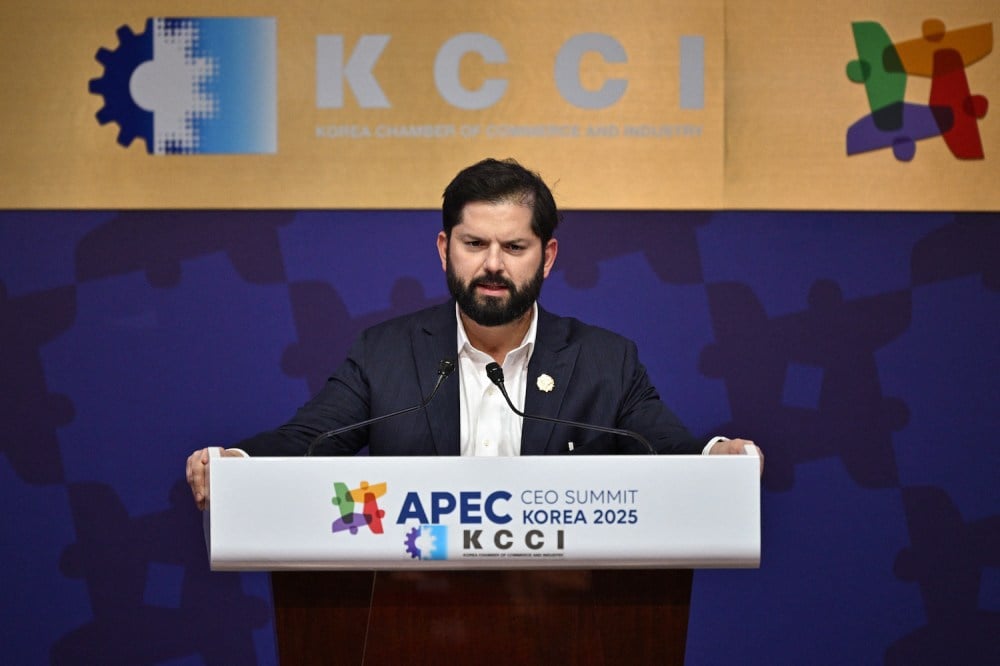Copyright scmp

China now has the largest naval fleet in the world, and its growing numbers of nuclear-powered submarines are an integral part of its efforts to project power beyond its coastal waters. But the view from Beijing is growing more complex as a handful of US allies in the Pacific also ramp up deployment of nuclear-powered subs. South Korea inched closer to attaining the technology on October 30 when US President Donald Trump said he had given the country approval to build a nuclear-powered submarine. Meanwhile, Australia is expected to acquire the vessels under the Aukus alliance, and Japan’s new ruling coalition has called for the development of submarines with “next-generation propulsion systems”. According to analysts, these US allies face many challenges in building nuclear-powered submarines, which could take several decades to complete, but these developments could complicate Beijing’s calculation of naval deterrence in the region, especially during a conflict in the Taiwan Strait. Nuclear-powered submarines – also known as SSNs, or Submersible Ship Nuclear – are powered by nuclear reactors, but not necessarily armed with nuclear weapons. Compared with conventional diesel-electric submarines, which require frequent refuelling, nuclear reactors allow the submarine to operate under water at a higher speed for an extended period of time, essentially with unlimited range. Because of their advantages in stealth, speed and endurance, nuclear subs have played a crucial role as strategic assets that project maritime deterrence in blue waters. They are often equipped with submarine-launched ballistic missiles. President Xi Jinping has signalled his support for the growth of the country’s nuclear submarines by boarding them during two different inspections – one with the South Sea Fleet in 2013 and another in 2018 with the North Sea Fleet. According to a Pentagon report published in December about China’s military development, the People’s Liberation Army has built up to 12 nuclear-powered submarines in the past 15 years, including six of its latest Type 094 nuclear-powered ballistic missile submarines. The PLA’s nuclear submarines are considered crucial to deterring and denying the US and its allies access to the waterways near China’s coast and farther into the western Pacific, especially in the event of a conflict near Taiwan. The submarines are operated by nuclear reactors that require technology for uranium enrichment, which could also be used to build nuclear weapons, increasing risks of proliferation. Consequently, the countries operating nuclear-powered submarines had been limited to the major nuclear powers – the US, Russia, China, Britain, France and India – until recently. To contain China’s military rise, non-nuclear US allies in the Asia-Pacific such as Australia, Japan and South Korea have either officially joined the nuclear submarine race or are considering doing so. Since the start of his second presidential term early this year, Trump’s administration has been reviewing the Aukus initiative between the US, Britain and Australia that his predecessor Joe Biden signed in 2021 to help Canberra acquire nuclear-powered submarines. Under the agreement, Canberra will buy at least three US-made second-hand Virginia-class submarines, followed by the creation of an Aukus class of nuclear-powered submarines for Britain and Australia, to be commissioned to their navies in the late 2030s and early 2040s, respectively. Beijing describes Aukus as a threat to regional stability, and the pact is widely seen as a way to contain China’s growing naval power. However, the US agreement to sell the Virginia-class submarines prompted concerns about American shipbuilding capacity, with the industry already struggling to meet the US Navy’s demand. While Trump confirmed during his meeting with Australian Prime Minister Anthony Albanese last month that Aukus would move “full steam ahead”, there has been growing speculation that the initiative might see a major overhaul or delays under the Trump administration. Canberra said in September that it would spend A$12 billion (US$7.8 billion) to upgrade facilities at the Henderson shipyard in Western Australia as part of a 20-year plan to transform it into a maintenance hub for its Aukus submarine fleet. Collin Koh, a senior fellow at the Institute of Defence and Strategic Studies at the S. Rajaratnam School of International Studies in Singapore, said Australia did not have the capacity to build nuclear-powered submarines, meaning it would have to rely on the US and Britain to construct the advanced underwater systems. “I don’t foresee that Aukus will be prioritised under Trump. He did agree that it will go on, [so] at least the review isn’t going to kill the project, but it might have left the questions unfulfilled as to what will be the actual timeline for delivering the submarines of Australia,” Koh said. He added that Britain’s capacity could also be an issue. “[It] is going to take some time before Australia has its own capacity,” he said. South Korea Last month, Trump announced on social media that he had given approval for Seoul to build nuclear-powered submarines “rather than the old fashioned, and far less nimble” diesel-powered submarines they had now. He added that the South Korean vessels would be built in the “Philadelphia Shipyards” – a reference to Hanwha Philly Shipyard, owned by the South Korean shipbuilding giant Hanwha Ocean, which was briefly sanctioned by Beijing last month. Beijing reportedly lifted the sanctions after Xi’s summit with Trump in Busan. Building South Korean SSNs in an American shipyard would require approval by the US Congress, with further working-level discussions and investment expected, and it would reportedly see Washington transfer technology to Seoul that it has kept classified. Trump’s approval came a day after he met South Korean President Lee Jae-myung on the sidelines of the Asia-Pacific Economic Cooperation (Apec) summit in South Korea on October 29. Lee asked the US president to “allow fuel supply for nuclear-powered submarines” and proceed with negotiations on uranium enrichment and reprocessing spent nuclear fuel. “Diesel submarines have limited submersibility, so their tracking activities against North Korean or Chinese submarines are limited,” Lee told Trump. “If you allow us to supply fuel, we can build several submarines equipped with conventional weapons using our own technology and conduct defence activities in the waters around the Korean peninsula, which will also reduce the burden on the US military.” First signed in 1974 and revised in 2015, the atomic energy pact between Seoul and Washington, known as a “123 Agreement”, allows South Korea to conduct uranium enrichment up to 20 per cent and reprocess used nuclear fuel only when it has approval from the US. The use of nuclear energy is banned for military purposes. The pact hinders Seoul’s two-decade effort to build SSNs by autonomously fuelling nuclear reactors. In 2003, South Korea established the covert “362 Project” for an indigenous nuclear submarine, which was cancelled a year later because of media exposure and non-proliferation scrutiny. Despite the legal limitations, voices in favour of developing nuclear subs for South Korea have persisted amid rising tensions on the Korean peninsula, especially since 2021, when North Korean leader Kim Jong-un declared his country’s plans to build its own such vessels. While doubts were raised over Pyongyang’s lack of technological capabilities, the plan was realised in March when Kim visited the shipyard that was reportedly constructing a “nuclear-powered strategic guided-missile submarine”. In response, Seoul has made the revision of the 123 Agreement a key item on its diplomatic agenda with Washington. South Korean Foreign Minister Cho Hyun noted last month that the negotiations to revise the nuclear energy pact would soon begin, adding that the US had also acknowledged the need for the revision. Seoul plans to acquire nine units of its latest KSS-III submarines. While the first six, now operational or under construction, are diesel-electric, the propulsion systems of the last three units remain unconfirmed by the South Korean defence ministry, with media reports suggesting they could be nuclear powered. Yang Uk, a senior analyst at the Seoul-based think tank Asan Institute for Policy Studies, said Trump had approved South Korea to build an SSN because the US had judged that Seoul’s possession of the submarine was in Washington’s interest “both security-wise and economically”. “South Korea’s possession of a nuclear-powered submarine will naturally enhance its security capabilities, as it will enhance its submarine operational capabilities in the waters surrounding the Korean peninsula and enable it to venture out into the open sea,” Yang said. Yang added that China would probably find it “burdensome” to see South Korea possess the ability to “deny access to the waters surrounding the Korean peninsula”. Koh said that having a South Korean nuclear-powered submarine built in Philadelphia “fulfils Trump’s idea of boosting the US naval shipbuilding sector”. “Given that, though [South] Korea has a submarine construction capacity after all, building a nuclear-powered submarine is quite another whole new ball game. I suspect Trump might not have agreed unless Lee agrees to have the submarines built in the US too,” Koh said. “At this juncture, when it comes to the nuke subs, we see complementarities between Seoul and Washington. The former has the funds but not the tech. The latter has the tech but not the funds. So maybe it’s win-win.” Stephen Nagy, a professor of politics and international studies at the International Christian University in Tokyo, said Seoul’s timing to revise the 123 Agreement was “optimal” as Trump valued “burden-sharing over non-proliferation orthodoxy”. “If achieved, Korean SSNs would transform peninsula dynamics, potentially triggering a subsurface arms race with North Korea while enhancing deterrence against both Pyongyang and Beijing,” Nagy said. Under Japan’s new coalition agreement, the two governing parties have agreed to increase defence spending to 2 per cent of Japan’s gross domestic product by 2027, which Japanese Prime Minister Sanae Takaichi reiterated during her summit with Trump in Tokyo on October 28. The agreement also calls for the introduction of submarines powered by “next-generation propulsion systems”. According to Japanese media reports, the phrase refers to SSNs, which Nippon Ishin no Kai, or the Japan Innovation Party, one of the governing parties, pushed for during coalition negotiations. It was the first time that the acquisition of a nuclear-powered submarine was included in Japan’s coalition agreement. An expert panel with Japan’s Ministry of Defence released a report in September that recommended developing submarines with “next-generation” power sources and vertical launching systems for “long-range missiles”. While Japan is known to have the technological ability to enrich uranium for its own nuclear reactors used in nuclear subs, it faces challenges from public opinion and legal issues stemming from its Atomic Energy Basic Act, enacted in 1955, which strictly limits nuclear energy to peaceful purposes only. John Bradford, Japan Foundation fellow at the Yokosuka Council on Asia-Pacific Studies, said the governing coalition would be able to either pass legislation to amend the law or, more likely, issue a cabinet ruling that the nuclear-powered submarines would be for “peaceful purposes”. “There is a logic [to] such a ruling that since the Self-Defence Forces are just that, ‘self-defence forces’ that support an international peace based on justice and order and legally they are not ‘war-making potential’,” Bradford said. Bradford said that while Japan had the potential to build its own nuclear-powered submarines quicker, it previously could not secure enough votes to support the ambition. “Unlike Australia, Japan has both an established production line for advanced submarines and a civilian nuclear industry,” Bradford said. “Thus, it might be able to develop domestically built nuclear-powered submarines more quickly, but we should still expect something around a decade to go from political decision to delivery.” Nagy said that Takaichi’s coalition agreement reflected “Japan’s strategic anxiety” about China’s naval expansion and North Korea’s advancing capabilities. “Politically, it signals Japan’s willingness to breach traditional taboos. However, constitutional constraints, the Three Non-Nuclear Principles, and public opposition pose formidable obstacles,” Nagy said. “Even with political will, Japan lacks the nuclear infrastructure. Expect studies and debates, not submarines, in the medium term.” Impact on China The proliferation of nuclear-powered submarines among major US allies in the Asia-Pacific region is likely to cause headaches for China’s naval ambitions to expand its influence towards the western Pacific. Beijing’s anti-access/area denial (A2/AD) strategy is designed to deter and delay foreign military intervention in its near-seas region, primarily the western Pacific, especially in the event of a conflict in the Taiwan Strait. Its key objective focuses on increasing deterrence along the first island chain, a string of islands stretching from Japan to the Philippines, and possibly securing the disputed South China Sea and the strategically important eastern flank of Taiwan. Beijing views Taiwan as part of its territory that must be reunited with the mainland, by force if necessary. Most countries, including the US and its Asia-Pacific allies, do not recognise the island as an independent state, but Washington opposes any attempt to take Taiwan by force and is committed to supplying it with weapons. US allies’ possession of nuclear-powered submarines, which are used for blue-water operations, would improve their ability to track and deny the PLA’s naval expansion, complicating Beijing’s strategy if a conflict over the Taiwan Strait were to break out. Yang said China’s expansion and assertive actions had driven neighbouring countries such as South Korea and Japan to feel “the sense of crisis” and the need for a response. “If the number of adversaries [with nuclear-powered submarines] beyond the US that Beijing needs to respond to increases, it will naturally have to shift its strategy and force compositions,” Yang said. Nagy said that Australia’s nuclear subs under Aukus, when operational, would “fundamentally alter Indo-Pacific deterrence calculus by extending Australia’s reach into the South China Sea and enabling sustained operations near key chokepoints”. “This forces China to recalculate its A2/AD assumptions,” Nagy said. He said the proliferation of allied SSNs was “strategically logical but practically challenging”, with Japan facing the highest barriers and South Korea moderate ones, while Australia had the clearest path. “If realised, this distributed SSN capability would severely complicate China’s operational planning, forcing resource reallocation from offensive to defensive assets,” Nagy said. “Beijing’s A2/AD strategy assumes limited allied subsurface assets – multiple regional SSN forces would fundamentally undermine this calculation, especially in contested areas like the Taiwan Strait and South China Sea.”



